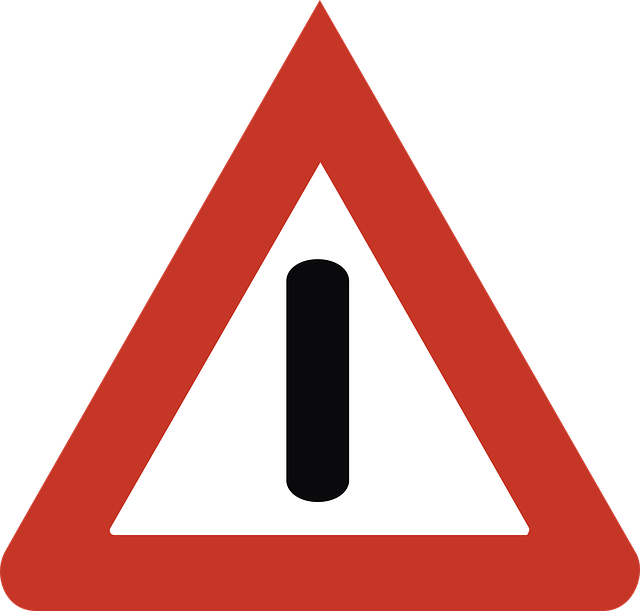General Liability (GLI) insurance is a critical safety net for businesses, shielding them from financial losses due to bodily injury or property damage caused to others. It covers legal fees, medical bills, and damages awarded in lawsuits, with key aspects including understanding policy limits, exclusions, and choosing between broad or limited forms of coverage based on specific operational risks. This coverage is essential for high-risk sectors like construction, healthcare, and food services, protecting against slips, falls, product issues, and personal injuries. Business owners must scrutinize exclusions and limitations, and consider professional liability insurance for negligence in work. When selecting a provider, look for financial stability, specialized knowledge, clear policy documents, and flexible coverage options to cater to unique risk exposures. Adequate GLI mitigates significant financial impacts from claims, enabling businesses to focus on recovery and improvement.
General Liability insurance is a cornerstone of risk management for businesses, protecting against claims of bodily injury or property damage. This comprehensive guide delves into the intricacies of expert general liability coverage, breaking down key components, target audiences, and potential risks. We explore common exclusions, the distinction between professional and general liability, and crucial steps in selecting the right insurer. Real-world case studies highlight the practical impact of general liability claims, underscoring the vital role of adequate protection in today’s business landscape.
Understanding General Liability Insurance: A Comprehensive Overview

General Liability insurance is a crucial coverage for businesses, offering protection against claims of bodily injury or property damage to third parties. It’s designed to shield individuals and entities from significant financial losses that can arise from accidents, incidents, or negligent acts. This type of insurance provides a safety net, covering legal expenses, medical bills, and damages awarded in lawsuits.
Understanding General Liability involves grasping key concepts like policy limits, exclusions, and various coverage options. Policy limits represent the maximum amount of compensation an insurer agrees to provide for covered events. Exclusions detail specific situations or events not insured under the policy. Businesses can customize their coverage by choosing between broad forms or limited forms, each offering different levels of protection tailored to their operations’ unique risks.
Key Components of Expert General Liability Coverage

General Liability insurance is a crucial safety net for professionals across various industries, protecting them against potential claims and lawsuits. At its core, this coverage provides financial protection in the event that a client or third party suffers harm due to your professional actions, products, or premises. The key components of Expert General Liability Coverage include:
The first aspect is liability coverage itself, which compensates for legal fees, court costs, and damages awarded against the insured. This ensures professionals can defend themselves without bearing the financial burden. Secondly, it includes medical expenses coverage, which covers the costs of treating injured parties, up to specified limits. Additionally, this policy may extend to include personal and advertising injury liability, protecting against claims related to misrepresented products or services, false advertising, or even physical injuries caused by offensive content. Lastly, some policies also offer business interruption coverage, providing financial stability during periods when operations must be halted due to a covered event.
Who Needs General Liability Protection?

Everyone from small businesses to large corporations needs some form of protection against liability claims. General Liability Insurance is a crucial component for any entity that interacts with customers, clients, or third parties. Whether it’s a retail store, service provider, or manufacturing plant, there’s always a risk of accidents, injuries, or property damage that could lead to legal disputes and financial burden.
General Liability Protection is especially essential for businesses operating in high-risk industries like construction, healthcare, or food services. It shields against common risks such as slips and falls on premises, product liability issues, or even personal injury caused during the course of business operations. By having this insurance in place, businesses can safeguard their assets, manage legal expenses, and maintain stability in the face of unexpected lawsuits.
Types of Risks Covered Under General Liability Policies

General Liability insurance policies are designed to protect businesses from a wide range of risks and potential liabilities. These policies cover various types of claims, including personal injury, property damage, and advertising injuries. Under a standard General Liability policy, risks such as slip-and-fall accidents on your premises, product liability for defects in goods sold, or even libel and slander arising from marketing materials are all included.
The coverage extends to both expected and unexpected events, offering financial protection against legal fees and damages awarded in court. This is particularly important for businesses as it shields them from significant financial losses that could arise from lawsuits or claims of negligence. By understanding the scope of risks covered under General Liability insurance, business owners can make informed decisions regarding their risk management strategies.
Navigating Exclusions and Limitations in General Liability Insurance

Navigating exclusions and limitations within general liability insurance policies is a critical aspect of understanding comprehensive coverage. While these policies offer broad protection against various liabilities, they often come with specific exceptions and caps on compensation. For instance, certain types of damages, such as those related to intentional acts or criminal offenses, are typically excluded from general liability coverage. Additionally, policy limits define the maximum amount insurers will pay out for claims within a specified period.
Business owners must carefully review these exclusions and limitations to ensure their unique risks are adequately addressed. Some policies might exclude liability for certain types of injuries or property damage, requiring separate endorsements or specialized coverages. Understanding these nuances is essential to avoid gaps in protection and ensure effective risk management through tailored insurance solutions.
The Importance of Professional Liability vs. General Liability

Many businesses, especially those providing professional services, often wonder about the distinction between Professional Liability and General Liability insurance. While both are crucial components of risk management, they serve different purposes.
General Liability insurance is a broad coverage that protects against claims related to property damage or personal injury occurring on your premises or due to your products. It’s essential for businesses to safeguard themselves from unexpected incidents that might lead to legal repercussions. On the other hand, Professional Liability, also known as Errors and Omissions (E&O) insurance, is tailored to protect professionals from financial loss resulting from negligence in their work, such as faulty advice, mistakes in services rendered, or breach of contract. Given the high stakes involved in professional services, having robust Professional Liability coverage can be a game-changer, ensuring businesses can weather legal storms and maintain client trust.
How to Choose the Right General Liability Insurer

Selecting the appropriate General Liability insurer is a meticulous process that demands careful consideration. It’s crucial to assess the insurer’s financial stability, market reputation, and specialized knowledge in handling general liability claims. Review their claim settlement history, customer reviews, and the range of coverage options they offer. Look for insurers with a proven track record of timely and fair settlements, as this indicates their commitment to client satisfaction and financial viability.
Additionally, ensure the insurer provides comprehensive policy documents that are clear, concise, and tailored to your specific needs. Their support services, such as prompt claims reporting and efficient adjustments, should be reliable. Opt for companies that offer flexible coverage limits, broad policy language, and optional endorsements to accommodate unique risk exposures.
Case Studies: Real-World Examples of General Liability Claims

General Liability insurance covers a wide range of claims, from slip-and-fall accidents on your premises to product defects. Case studies offer a compelling look at real-world scenarios where businesses faced such challenges. For instance, consider a retail store where a customer slips on a wet floor and sues for injuries. Without proper General Liability coverage, the legal fees and settlement could cripple the business. Alternatively, imagine a manufacturer who fails to detect a defective product, leading to a recall and multiple lawsuits. In both cases, adequate General Liability insurance would have protected against these financial burdens, allowing businesses to focus on recovery and improvement rather than legal battles.
These examples highlight the diverse nature of General Liability claims, emphasizing the need for businesses to be prepared. By understanding potential risks and securing robust insurance policies, companies can mitigate their exposure and safeguard their financial health. Case studies serve as a reminder that even seemingly minor incidents can escalate into significant legal matters, underscoring the importance of proactive risk management through General Liability coverage.
